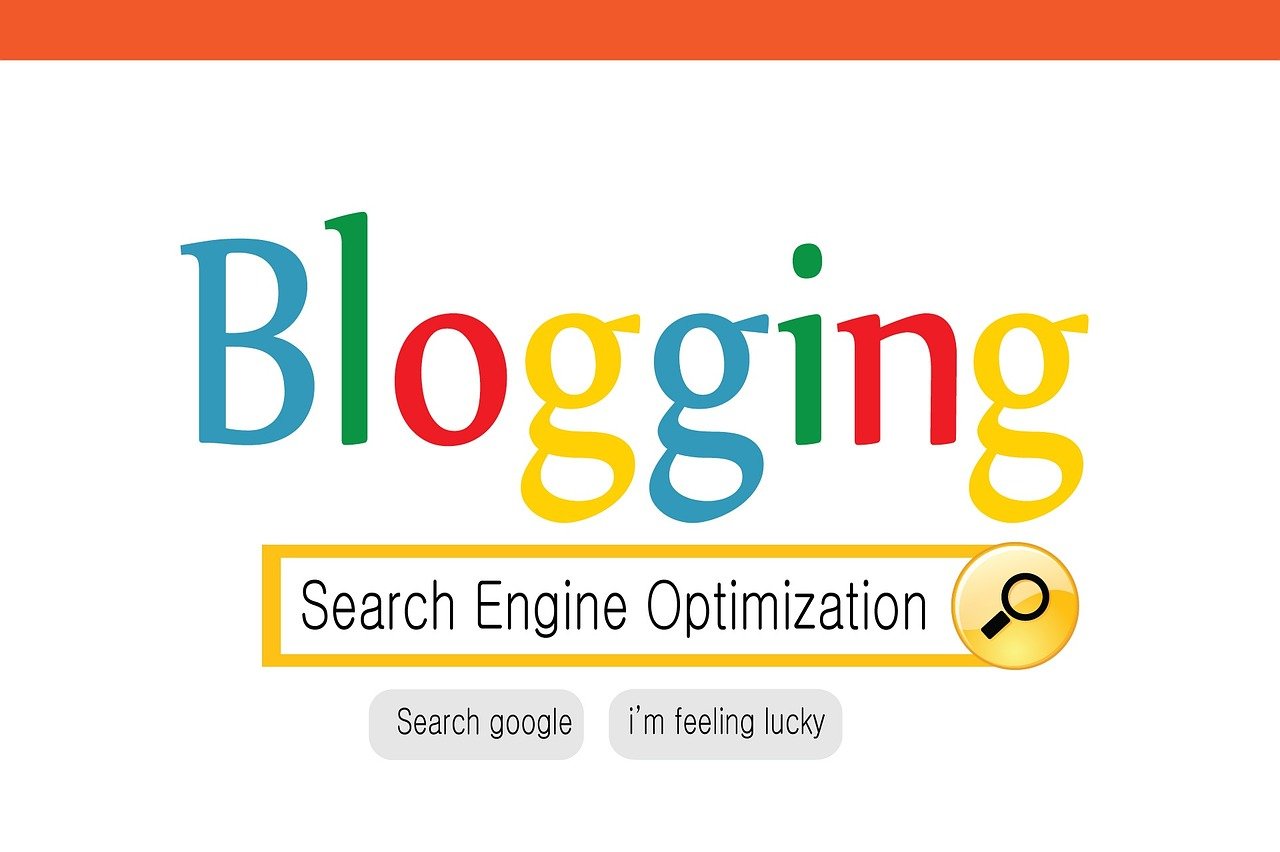Starting a blog in India has become an appealing way to share information, express creativity, and even generate income. However, before diving into blogging, it’s crucial to understand the initial costs involved. While some platforms allow you to start for free, certain features and tools come at a price. This article by Mistyinfo.com will outline various costs associated with starting a blog in India, along with some practical tips to help you budget effectively.
How Much Money Is Required to Start Blogging in India by Mistyinfo.com
1. Choosing a Blogging Platform: Free vs. Self-Hosted
Your choice of blogging platform will significantly impact your start-up costs.Here we will put an eye on two same options. Free Platforms (₹0): Platforms like Blogger and WordPress.com offer free plans, ideal for beginners with limited budgets. While these free options allow you to get started quickly, they have limitations, such as ads on your blog, limited customization, and a subdomain (e.g., yourblog.wordpress.com).
- Self-Hosted WordPress (₹2,500 to ₹5,000 per year): For those who want more control and professionalism, a self-hosted WordPress blog is ideal. This option requires purchasing a domain name and hosting, which is more customizable and suitable for long-term growth.
2. Domain Name Cost (₹600 to ₹1,500 per year)
A domain name is essential for establishing your brand. A custom domain name, like www.yourblog.com, typically costs between ₹600 and ₹1,500 per year, depending on the provider and domain extension (.com, .in, etc.). Websites like GoDaddy, Namecheap, and BigRock offer affordable domain registration services.
3. Web Hosting Costs (₹3,000 to ₹5,000 per year)
If you choose a self-hosted blog, you’ll need a reliable web hosting service to make your site accessible online. Hosting prices differ based on the provider and the selected plan. Here are some recommended hosting services in India:
- Hostinger and Bluehost: Popular for beginners, with costs around ₹3,000 to ₹5,000 per year.
- SiteGround: Slightly more expensive but offers excellent customer support and reliability.
You may find discounted rates if you opt for a multi-year plan, which could be a good option if you’re serious about blogging long-term.
4. Design and Themes (Free to ₹5,000)
The design and look of your blog are crucial in attracting readers. You can choose a free theme or invest in a premium option.
- Free Themes: WordPress and Blogger have a wide range of free themes that are decent for a beginner’s blog. However, free themes can be limited in customization.
- Premium Themes (₹2,000 to ₹5,000): If you want a more professional look, consider purchasing a premium theme from marketplaces like ThemeForest or Elegant Themes. A premium theme is customizable, mobile-friendly, and has better support, enhancing the reader experience on your blog.
5. Essential Plugins and Tools (₹0 to ₹5,000 per year)
Plugins are essential for adding features to your blog, such as SEO optimization, security, and analytics. Some must-have plugins include:
- Yoast SEO: Assists in optimizing your content for search engines, with the free version being adequate for most beginners.
- Google Analytics: Free and essential for tracking your blog’s performance.
- Security Plugins: Basic security plugins like Wordfence offer free and paid options (₹1,500 per year for advanced features).
- Paid Tools (Optional): You may also consider tools like Grammarly for proofreading, which costs around ₹3,000 per year. However, these are optional for beginners and can be added later.
6. Content Creation and Graphics (₹0 to ₹5,000)
Creating high-quality content is the core of any successful blog. Some associated costs include:
- Content Writing (₹0 to ₹5,000): If you enjoy writing, this cost can be minimal. However, if you plan to outsource content, expect to pay around ₹300 to ₹1,000 per article, depending on the quality and length.
- Image Creation (Free to ₹5,000): Tools like Canva offer free design features, and stock images from sites like Unsplash and Pixabay are free to use. For premium graphics or subscription-based design tools, costs may range up to ₹5,000 annually.
7. Marketing and Promotion (₹0 to ₹5,000)
To grow your blog, you’ll need a marketing strategy. While there are free ways to promote, such as social media, some paid strategies can help boost visibility.
- Social Media Advertising (Optional): Paid promotions on Facebook or Instagram can cost between ₹500 and ₹2,000, depending on your budget.
- Email Marketing (₹0 to ₹3,000 per year): Tools like Mailchimp offer free plans for up to a certain number of subscribers. For larger email lists, the cost starts at around ₹3,000 annually.
8. Miscellaneous Costs (₹0 to ₹3,000)
Other potential expenses might arise depending on your needs and goals:
- Learning Resources (Optional): Investing in online courses or e-books on blogging, SEO, or digital marketing could range from ₹1,000 to ₹3,000. Mistyinfo.com recommends platforms like Udemy or Coursera for affordable courses.
- Backup and Maintenance: Some bloggers opt for backup solutions to protect their site, which might cost around ₹1,000 per year.
Estimated Total Costs for Starting a Blog in India
Here’s a general cost breakdown:
- Free Blogging (using Blogger or WordPress.com): ₹0 – ₹500 for some optional tools.
- Budget-Friendly Self-Hosted Blog: ₹6,000 to ₹10,000 per year (domain, hosting, and essentials).
- Professional Blog Setup: ₹10,000 to ₹20,000 per year (premium themes, plugins, marketing, and content).
Is Blogging Worth the Investment?
Blogging can be incredibly fulfilling, offering both financial and personal rewards.With dedication and quality content, you can eventually start earning through affiliate marketing, sponsored posts, and advertising. For those wondering if it’s worth the investment, the costs are relatively low compared to other businesses, and the potential to grow your brand and reach a wider audience is substantial.
Final Tips from Mistyinfo.com
- Start Small: Begin with essential tools and a minimal investment. You can always scale up as your blog grows.
- Create Quality Content: Focus on producing high-quality, valuable content that will attract and retain readers.
- Promote Wisely: Make use of social media and free promotion techniques before diving into paid advertising.
- Be Patient: Blogging success doesn’t happen overnight. Stay dedicated, and the outcomes will follow.
Starting a blog in India is affordable and flexible. By keeping your expenses in check and focusing on content, you can create a successful blog that eventually pays for itself. For more guidance on starting and growing a blog, visit Mistyinfo.com.



